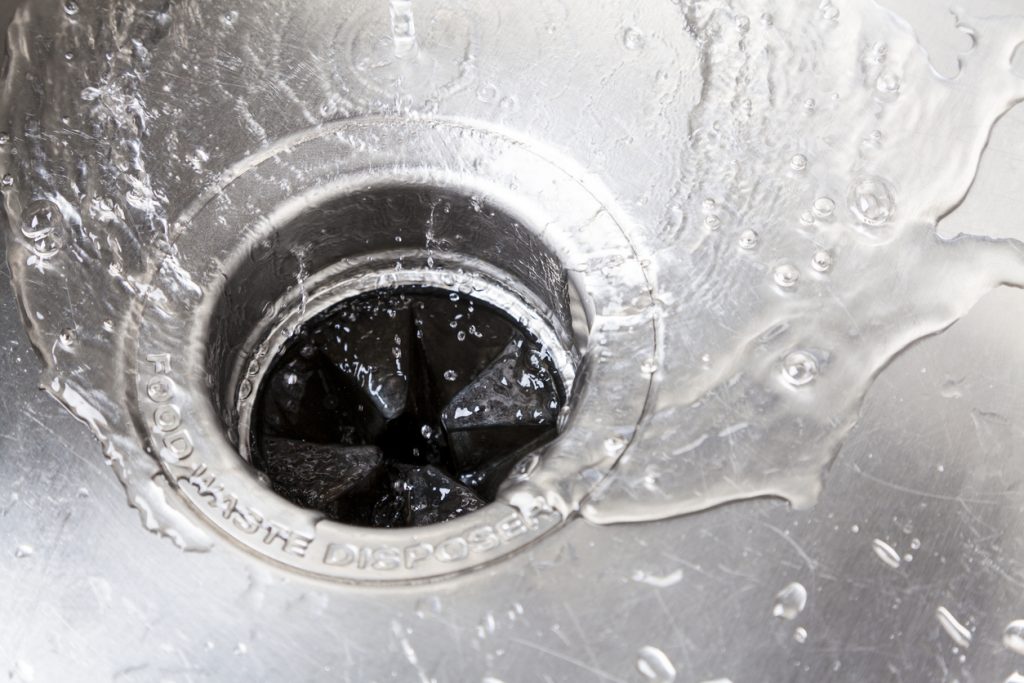With the high gas prices and head-wagging inflation these days, what budget-conscious family isn’t trying to save money wherever they can? While there’s certainly nothing wrong with an occasional indulgence or splurge on things that make you happy, if you find yourself stopping off at the local coffee shop each morning, lugging home cases of bottled water, or eating out for most meals, you might want to consider cutting back where you can.
A variety of home appliances can help save big money in the long run; whether through energy savings or simply saving money by making and doing things yourself. Here are 10 common appliances that can help you save money. Best of all, you probably have many of them in your home right now!
Coffeemaker: Making your own coffee at home instead of buying it from coffee shops can save a significant amount of money over time. Resisting that daily $3 cup of coffee from a local café can save you more than $1,000 per year!
Slow Cooker: Slow cookers are energy-efficient and can turn inexpensive cuts of meat and vegetables into delicious, budget-friendly meals. You can even prepare large batches and freeze leftovers for future use.
Rice Cooker: Cooking rice at home using a rice cooker is more cost-effective than buying pre-packaged rice dishes. Many rice cookers also have steamer attachments for vegetables, making them versatile appliances.
Toaster Oven: Toaster ovens are more energy-efficient than conventional ovens, and can be used for a wide range of cooking tasks, from toasting bread to reheating leftovers.
Food Processor: A food processor can help you save money since you can buy ingredients in bulk, and then prepare your own sauces, dips, and snacks instead of buying pre-packaged versions.
Blender: Making your own smoothies, soups, and sauces with a blender can be cheaper and healthier than buying pre-made alternatives.
Freezer: Investing in a good-quality freezer allows you to buy food in bulk when it’s on sale, and store it for later use. This can help you take advantage of discounts and reduce food waste.
Dishwasher: Using a dishwasher efficiently can save on water and energy costs compared to handwashing dishes.
Water filter: Using a water filtration system on your refrigerator or installing a water filter on taps can save money on bottled water and reduce the need for expensive water delivery services. As an added benefit, water filters can reduce the number of plastic bottles that eventually clog landfills.
Portable Electric Heaters: Turn down the heat and use portable heaters in rooms that are used frequently. Keeping the thermostat at a lower temperature could save money.
Remember that while these appliances can help you save money over time, it’s also important to consider factors like energy efficiency and proper maintenance to maximize your savings. When it’s time to replace older appliances, opt for energy-efficient models, such as ENERGY STAR-rated appliances, which can reduce your energy and water bills.








